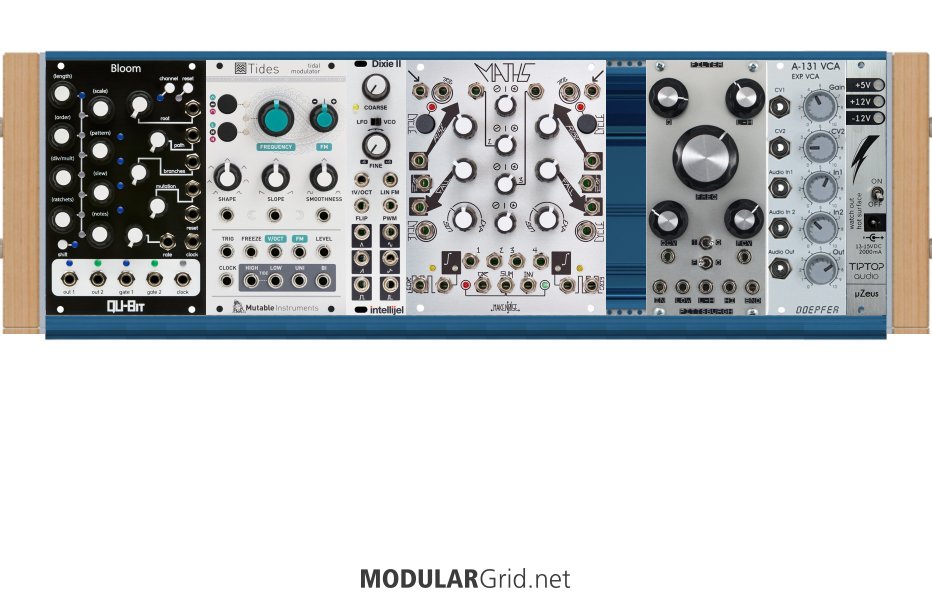Definitely not something I would want to play with!
TOP ROW
Plaits, nRings, Monsoon - personally I would go all original and I would hold out for a beads - better ergonomics and Emilie gets paid!!!
I'd dump the doepfer mixer and get a second quad vca (veils is really good!)
The filter is fucking huge!!!! way too big in a case this size find something smaller
Unity Mixer I would replace with Links - depending on how you use it there are up to 2 buffered mults, a precision adder, and 2 mixers - in 4hp!
TM - if you are going to use this you need to get a quantizer too (I suspect you want to use this to transpose the minibrute sequencer) no quantizer means no need for precision adders...
BOTTOM ROW
attenuator - Hasn't the Dreadbox WL series been discontinued? you could swap for a 2hp trim (or get a bigger module that is easier to use - shades perhaps (will also double as a precision adder)
Slew Limiter - find the space for Maths or Rampage or a DUSG - you will get a thousand times more mileage out of one of these (especially Maths with it's brilliant illustrated manual - 32 self patching examples)
Precision Adder - you probably won't use bus access and precision adding can be done elsewhere
VCADSR - again huge - find something that does the same job but smaller - 8hp or so - or go for stages which can do more interesting envelopes and much more - make sure it will work with triggers as well as gates - you don't have a lot of gate sources and some ADSR type modules only work when they are held open - triggers only last a few ms
DADSR - ok - again make sure it will work with triggers as well as gates
Disting EX - ok
seq switch - ok
passive mult - get stackcables or headphone splitters
is that the wk1 or the wk1 aroom mod? aroom mod and you need no other precision adders - as you can transpose 3 voct signals at at a time
clock divider - ok
batumi - ok but seriously consider the expander (or diying one) so you can switch the assignable waveform easily
scale - see above, the attenuator - shades will also cover this
logic - I would replace this with kinks - logic, noise, sample and hold and rectification in 4hp
midi interface - won't the minibrute do this?????
vca - I wouldn't bother unless you need another one after replacing the mixer with a quad cascading vca
GENERAL
your idea of stereo audio path is not quite true plaits is not stereo it is dual mono (as is the filter - a couple of doepfer SEM filters could replace this in less space) - 2 different signals - rings is stereo ish - depending on the setting! and both have vcas built in - so you really need the vcas for modulation and not audio!
also no way of moving audio in the stereo field - where is the panning???
I'd add an fx aid xl aswell!
"some of the best base-level info to remember can be found in Jim's sigfile" @Lugia
Utility modules are the dull polish that makes the shiny modules actually shine!!!
sound sources < sound modifiers < modulation sources < utilities

